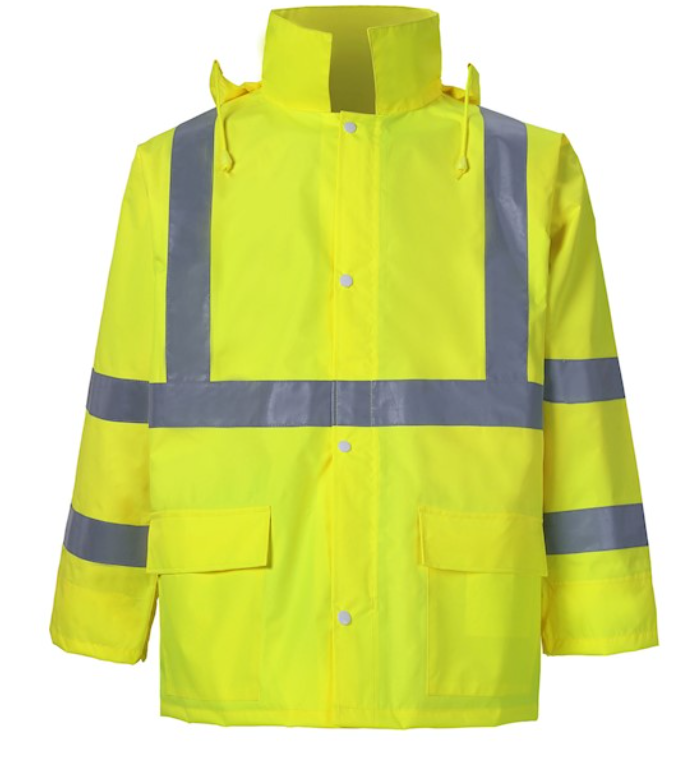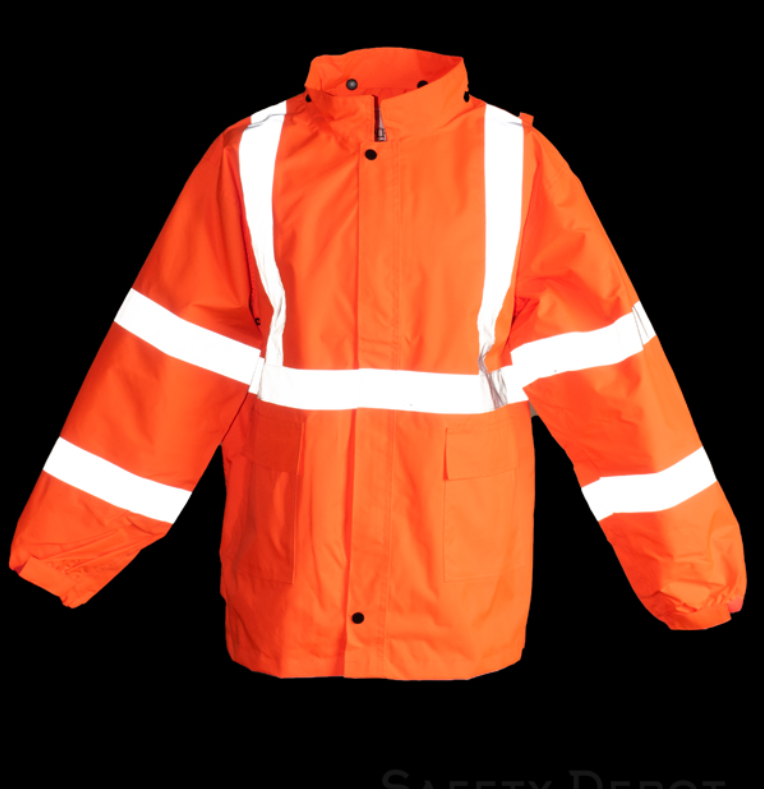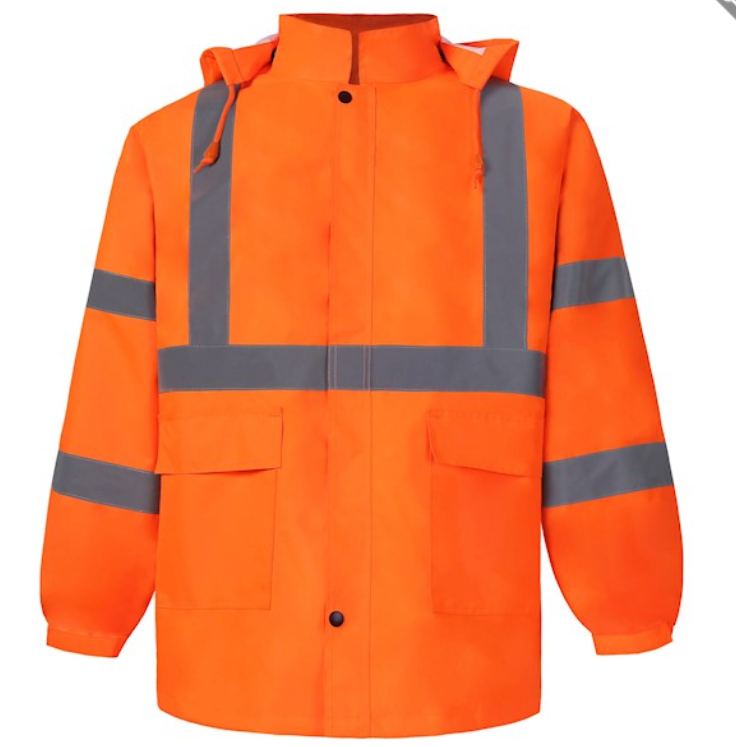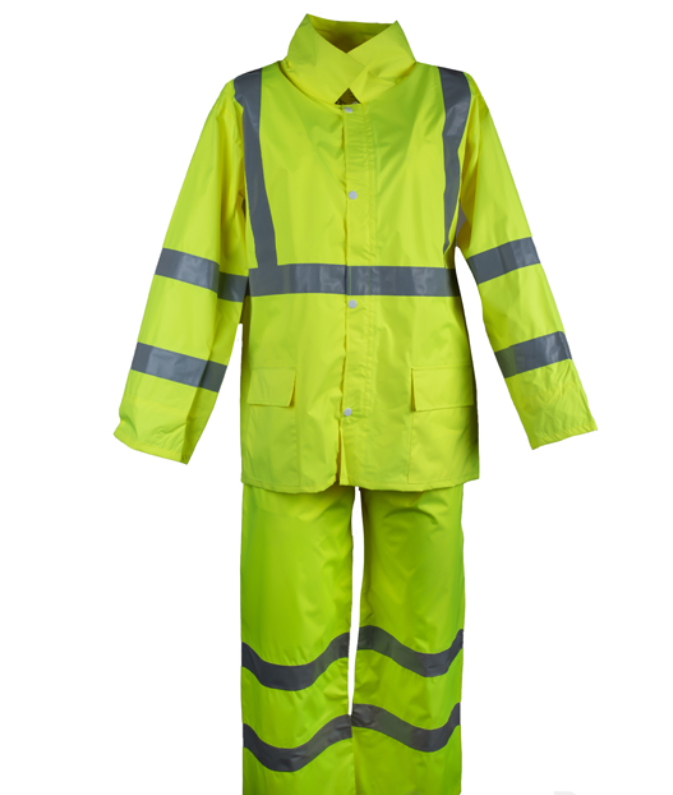In recent days, heavy rainstorms have swept across Conghua City, Longmen County, Boluo County, and Dongguan City, including parts of Zengcheng. The prolonged and intense rainfall has led to widespread flooding, especially in the northern mountainous regions, where flash floods have caused significant damage. Over 92,900 acres of farmland and 5,621 acres of fish ponds have been affected, resulting in economic losses amounting to tens of millions of yuan.
Following the flood, the priority for local authorities and farmers is to manage the aftermath, focusing on flood control, disaster relief, and the resumption of aquaculture activities. The following key steps are being taken:
1. **Repair Fish Ponds**: Immediate efforts are underway to restore damaged fish ponds. This includes raising and reinforcing pond structures, clearing mud and debris from inlets, outlets, ditches, and drainage channels, as well as repairing supporting facilities like pig farms, duck farms, power grids, roads, and water aeration systems. For severely damaged ponds, rehabilitation will take place during autumn and winter to ensure readiness for next spring's production.
2. **Pond Disinfection**: To prepare the ponds for re-stocking, each mu (approximately 0.067 acres) of surface water is treated with 100–150 kg of quicklime, which helps kill wild fish, neutralize acidity, and improve water quality. Additionally, 50 kg of tea bran is added to break up stagnant water. The saponins in tea bran also help eliminate parasites and act as a natural fertilizer. Alternatively, bleaching powder can be used at a rate of 3–4 kg per cubic meter of water, applied after 4 hours for similar results.
3. **Water Fertilization**: Alongside disinfection, 200–300 kg of fermented human manure or compost is applied per acre to stimulate plankton growth, enriching the water and providing a nutrient-rich environment for young fish. Water transparency should ideally be around 30 cm to support healthy development.
4. **Reasonable Stocking**: Farmers are advised to adjust stocking densities based on pond conditions. For example, in shallow or small ponds, stocking rates might include 600–800 tilapia (5–8 cm), 100 silver carp, 60 bighead carp, and 40 grass carp per acre, aiming for market-ready sizes by year-end. Larger, well-equipped ponds may allow for higher stocking levels, especially if they support surface animals like ducks or pigs.
5. **Fish Selection and Testing**: Only healthy, disease-free fish with consistent size and strong vitality should be stocked. Before releasing fish, test fish are placed in the pond for 24 hours. If they remain active, it indicates the water is safe. If they die, further treatment is needed before stocking.
6. **Scientific Feeding**: Feeding strategies vary depending on the fish's growth stage. During the fry phase, feed amounts are 8–10% of body weight, while in later stages, this drops to 5–7%. Feed is typically given twice daily—40% in the morning and 60% in the afternoon. Feeding should be adjusted based on water temperature, with more food provided when temperatures range between 20°C and 30°C. Avoid feeding during rainy days when fish may not eat due to low pressure.
7. **Enhanced Management**: Regular monitoring is crucial. Freshwater is replenished every two months, with 20% of old water replaced to maintain "fat, live, tender, and cool" water conditions. Quicklime is applied every 15 days to regulate pH and improve water quality. Daily inspections are conducted three times a day: morning for fish behavior and floating heads, noon for feeding activity, and evening for leftover food. Debris and spoiled feed are removed daily. Water quality parameters like pH and transparency are checked every 10 days.
8. **Timely Harvesting**: Many fish ponds are designed for wintering fish, and although growth may have slowed during the summer typhoon season, there is still potential for a good harvest in the fall. Careful planning ensures that the number and variety of fish species remain stable, maximizing economic returns for the coming year.
Safety Rainwear
High quality products for safety Rain wear, reflective rain jacket, waterproof rain jacket. Customized logo and design.
We are manufacturer for Safety Work Clothes. And we have certificate of BSCI, GRS, CE, OEKO TEX, and etc. our main line are Safety Work Clothes, Safety Vest , Reflective Safety Jacket, Safety Jacket Reflective, Safety Hoodies , Safety Pants , Safety Parka, Safety Rainwear, Safety Tshirt, Waterproof Dry Bag, Sports wear, Waterproof ski jacket, Outdoor Waterproof Jacket and etc.
Welcome to discuss the details of the samples wiith us.




Safety Rainwear,Reflective Rain Jacket,Reflective Rain Jacket For Sale,Waterproof Rain Jacket
Suzhou Golden Gamrnet MFG Co.,Ltd , https://www.svchangerobe.com



